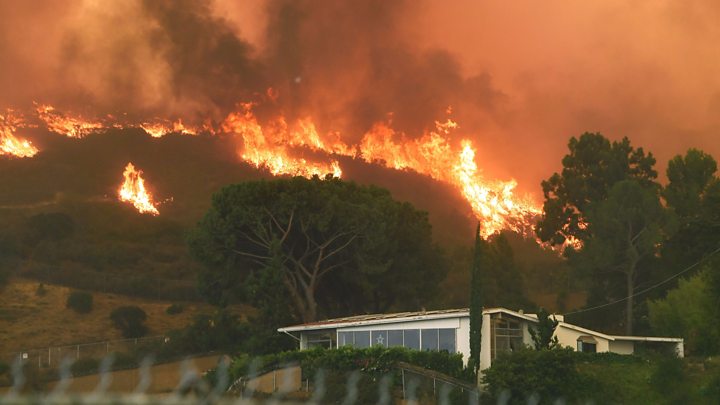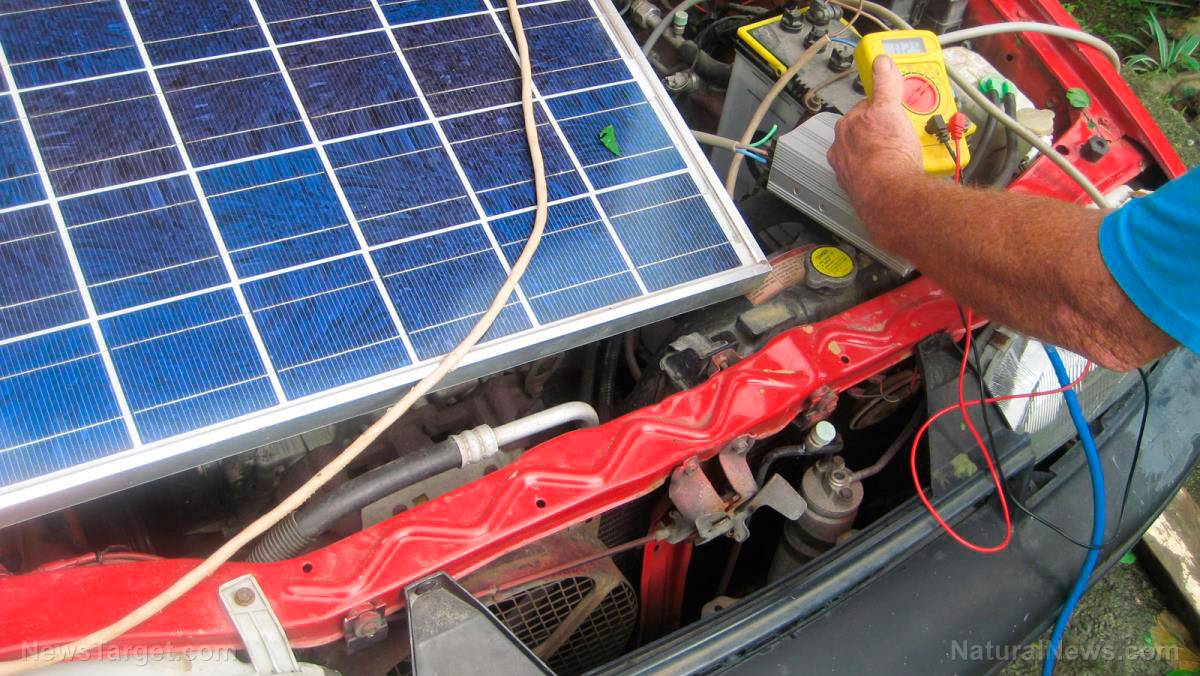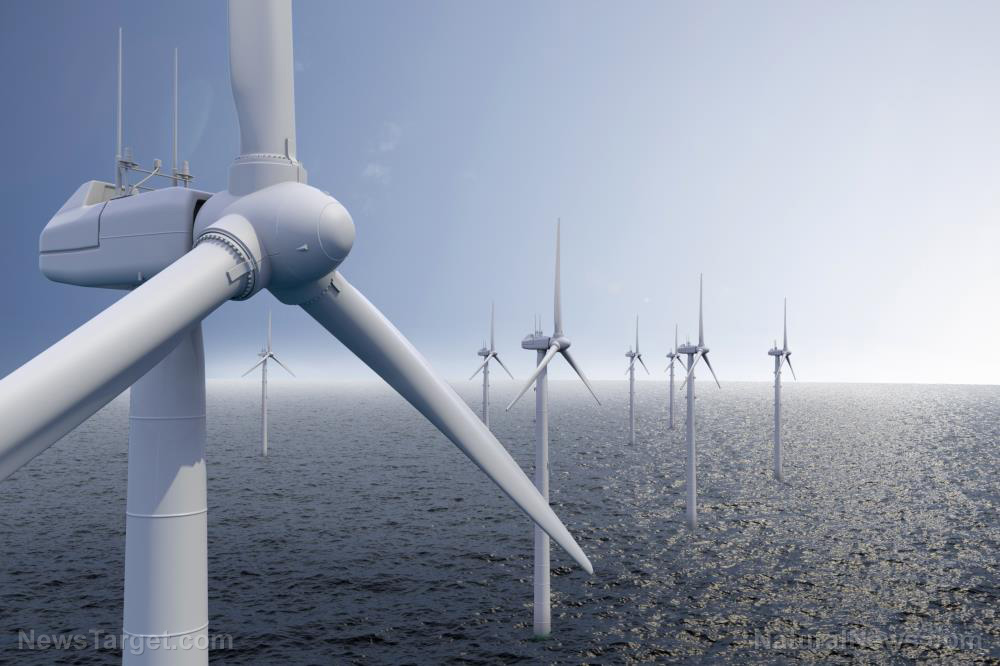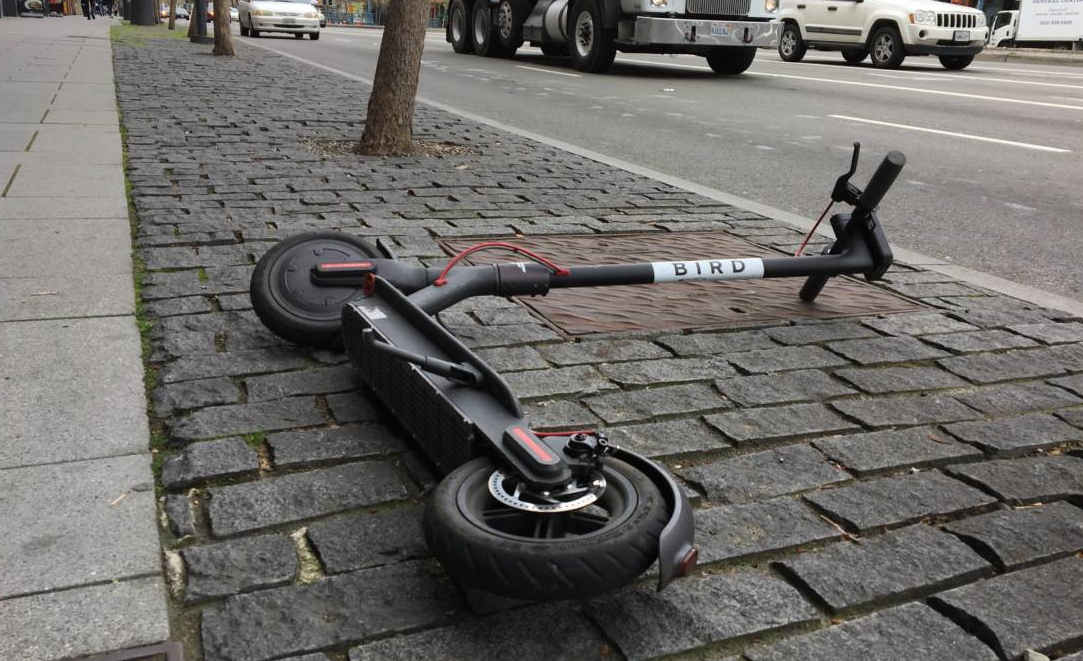California’s massive power outages remind us all why electric cars are useless when the grid goes down
10/13/2019 / By Ethan Huff

Earlier this week, officials from Pacific Gas and Electric (PG&E), California’s largest electricity provider, publicly announced that the company would be shutting off people’s electricity on purpose as a preventative measure to mitigate wildfire risk. But what’s to become of Californians’ electric cars during this time?
The “environmentally friendly” solution to the traditional combustion engine is suddenly looking a whole lot less “renewable” as the utility stations necessary to charge them lose power, leaving electric car owners stranded with no option for travel other than taking the bus, cycling, or walking.
While Californians with combustion engine vehicles have the option to store gasoline or diesel for times of emergency, Californians with Teslas, Priuses, and other electric vehicles can’t do anything during a crisis other than to hope that whatever charge remains in their vehicles is enough to get out of harm’s way.
This type of scenario is almost never discussed in conversations about “renewable energy” alternatives to fossil fuels, by the way. Somehow, simply owning an electric vehicle is enough in leftists’ minds to overcome every challenge associated with the weather or a possible grid-down event, even though electricity is typically the first thing to go.
Sure, some electric car owners might have a spare battery lying around or an electric generator handy to top their vehicles off at home. But what happens after they leave, possibly having to travel hundreds or thousands of miles away to find shelter elsewhere?
If a wildfire was at your doorstep and the power was out, would your electric car be able to get you to safety?
Right this moment, the Saddleridge Fire in Southern California – which is nowhere near PG&E’s service areas, ironically enough – is triggering mandatory evacuations in highly populated areas near Los Angeles. Some of these mandatory evacuations occurred in the middle of the night when the fire started.
Those living in Porter Ranch, for instance, were all forced to leave their homes in the very early hours of the morning after the Saddleridge Fire started. Residents with gas-powered vehicles can travel almost anywhere else in the state and not have to worry about finding fuel, but the same cannot be said for owners of Teslas and Priuses in Porter Ranch.
For these folks, they have to just hope they find electric charging stations that aren’t powered off as a result of these pre-emptive power outages because otherwise they’ll end up stranded, potentially in the middle of nowhere, with no option for a recharge.
This is one of the biggest pitfalls of owning an electric vehicle, by the way, not to mention the fact that Teslas in particular are notorious for suddenly bursting into flames or exploding without apparent cause.
Flames and explosions certainly aren’t risks worth having to deal with during a wildfire crisis, and yet this is exactly what potentially thousands of Tesla owners in California will quickly realize should they be forced to evacuate due to wildfires.
If you’re reading this and own an electric vehicle, this information isn’t meant to scare you, but rather to put the situation into proper perspective. It’s simply a fact that your ability to escape a crisis and get to where you need to go quickly with minimal problems is greatly reduced if you own an electric car as opposed to a gas-powered car.
Once again, technological “progress” doesn’t appear to be all that progressive after all. Sometimes “innovation” takes us backwards rather than forwards, and the electric car phenomenon seems to be a quintessential example of this.
For more related news about how to prepare for a grid down event, check out PowerGrid.news.
Sources for this article include:
Tagged Under: blackout, California, climate hysteria, electric cars, electricity, environment, grid, grid down, natural disaster, off grid, PG&E, power grid, Power Outage, power outages, propaganda, survival, tesla
RECENT NEWS & ARTICLES
Electricity.News is a fact-based public education website published by Electricity News Features, LLC.
All content copyright © 2018 by Electricity News Features, LLC.
Contact Us with Tips or Corrections
All trademarks, registered trademarks and servicemarks mentioned on this site are the property of their respective owners.

















